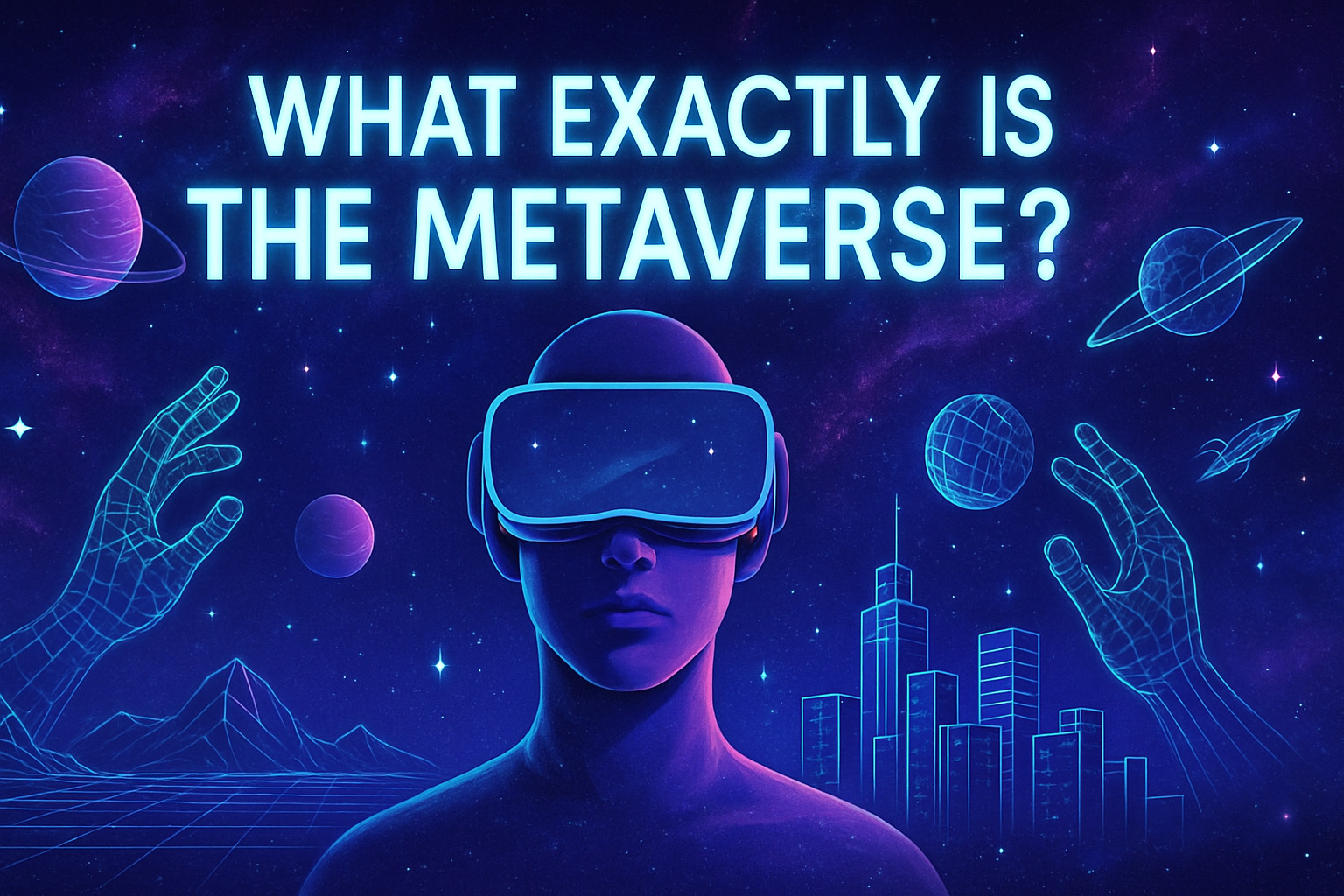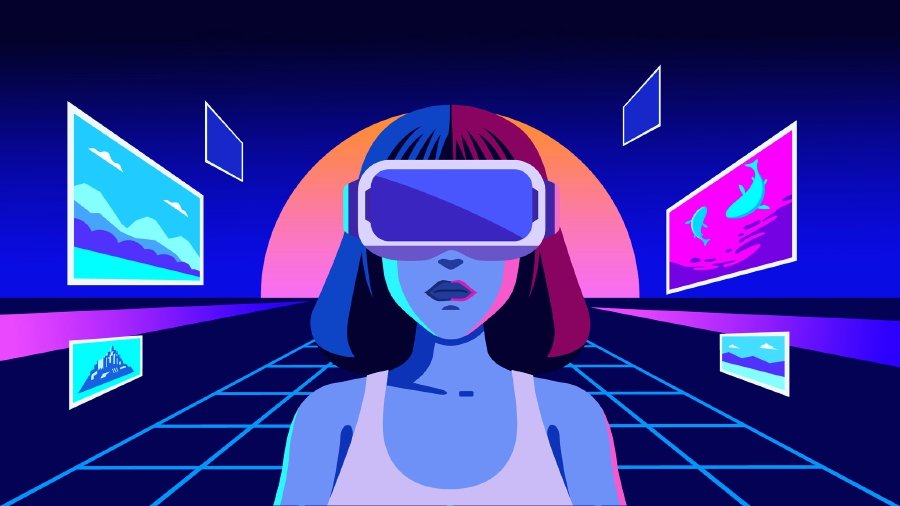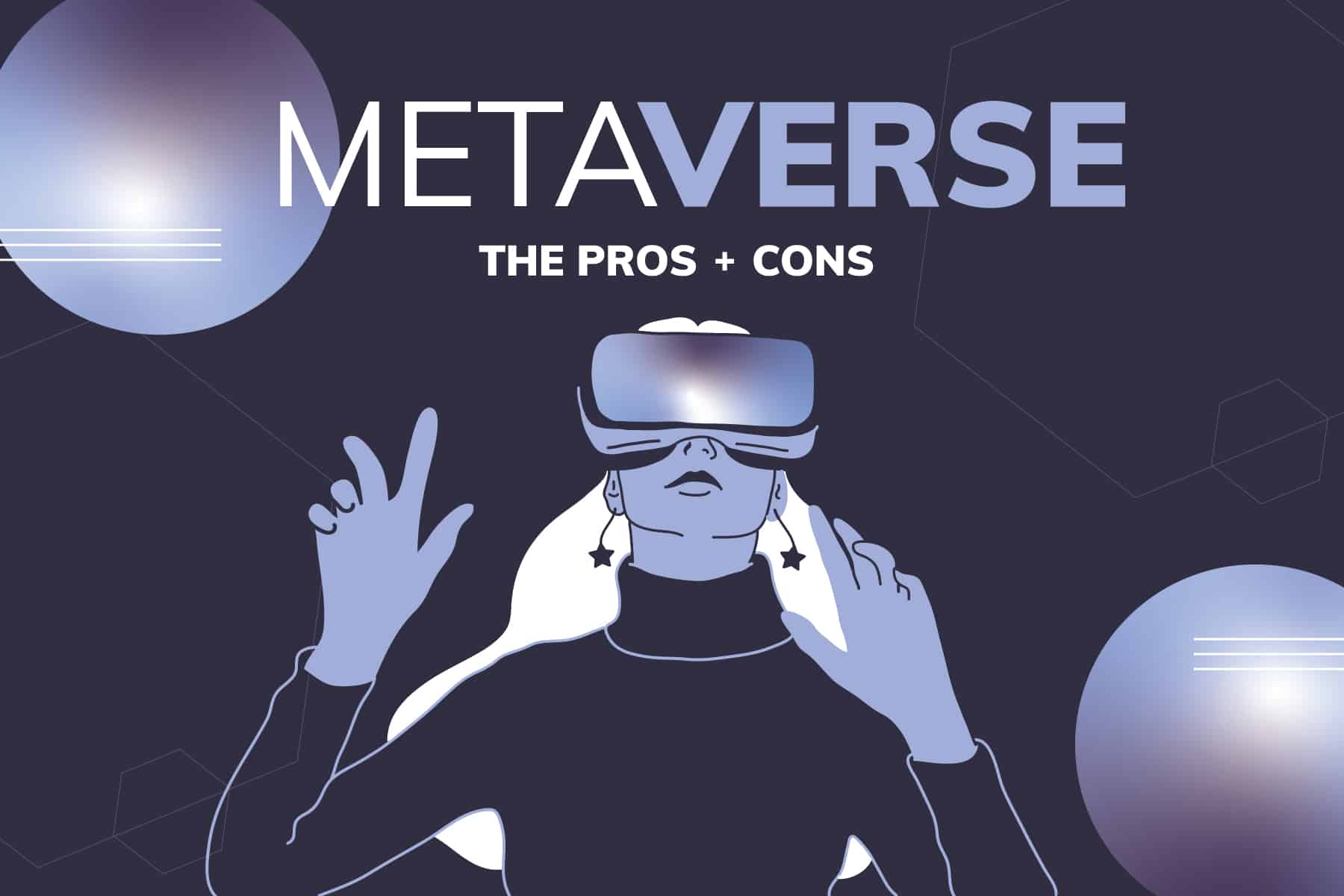The digital landscape is constantly evolving, and one term that’s been creating waves across tech communities and social media platforms is “metaverse.” If you’ve found yourself scratching your head wondering what exactly the metaverse is and how to access it, you’re not alone. Recent discussions on Reddit reveal that many people share the same confusion, with users asking fundamental questions like “What is the metaverse, and how do I enter it?”
What Exactly Is the Metaverse?
The metaverse represents the next evolution of internet interaction – a collective virtual shared space where physical and digital realities converge. Think of it as a persistent, immersive digital universe where users can interact with each other and digital objects in real-time through avatars. Unlike traditional websites or apps that you visit temporarily, the metaverse is designed to be a continuous, living digital world.
One Reddit user perfectly captured this concept by explaining that “any time you rock up somewhere as an avatar of yourself, with other people, you’re in the metaverse.” This simple definition cuts through the technical jargon and gets to the heart of what the metaverse actually represents – shared virtual experiences where you’re represented by a digital version of yourself.
The Current State: It Doesn’t Fully Exist Yet
Despite all the hype and marketing buzz, it’s important to understand that the metaverse, as envisioned by tech companies and futurists, doesn’t fully exist yet. As one candid Reddit commenter noted, “It doesn’t exist yet.” This honest assessment reflects the current reality – we have various platforms and technologies that represent pieces of what could eventually become the metaverse, but we haven’t reached the fully integrated, seamless virtual world that’s often promised.
What we have today are proto-metaverse experiences – platforms and applications that offer glimpses of what the full metaverse might eventually become. These early iterations provide valuable insights into both the potential and limitations of virtual shared spaces.
Where Can You Experience Metaverse-Like Environments Today?
While the complete metaverse may still be in development, there are several platforms where you can experience metaverse-like interactions right now:
Virtual Reality Platforms
Horizon Worlds stands out as one of the most prominent VR social platforms. Developed by Meta (formerly Facebook), it allows users to create avatars, explore virtual worlds, and interact with others in immersive 3D environments. Users can build their own virtual spaces, play games, and attend social events – all core components of the metaverse vision.
VRChat has been pioneering social VR experiences for years. This platform enables users to create custom avatars, explore user-generated worlds, and participate in a wide variety of social activities. From virtual concerts to educational experiences, VRChat demonstrates how virtual spaces can facilitate meaningful social interactions.
Gaming Environments
The gaming industry has been quietly building metaverse-like experiences for years. Platforms like Roblox, Minecraft, and Fortnite offer persistent virtual worlds where players can create, build, and socialize. These games blur the line between gaming and social networking, creating spaces where users spend significant time in virtual environments.
Specialized Metaverse Platforms
For those specifically interested in VR experiences, platforms like Oculus (now Meta Quest) provide access to various metaverse applications. As one Reddit user mentioned, “In oculus land the metaverse is Horizons and you need to have a quest2 to use it.” This highlights how hardware requirements currently limit access to certain metaverse experiences.
The Technology Behind the Metaverse
Understanding the metaverse requires grasping the various technologies that make it possible:
Virtual Reality (VR) creates immersive 3D environments that users can explore and interact with using specialized headsets and controllers. VR forms the backbone of many current metaverse experiences.
Augmented Reality (AR) overlays digital information onto the real world, potentially allowing metaverse experiences to extend beyond purely virtual environments.
Blockchain and NFTs are being integrated into some metaverse platforms to enable digital ownership of virtual assets, though this remains controversial and not universally adopted.
Cloud Computing powers the massive computational requirements needed to support thousands of simultaneous users in shared virtual spaces.
Barriers to Entry and Current Limitations
Despite the excitement surrounding the metaverse, several barriers currently limit widespread adoption:
Hardware Requirements: Many metaverse experiences require expensive VR headsets, powerful computers, or specific gaming consoles. This creates a significant barrier for many potential users.
Technical Complexity: Setting up and navigating virtual environments can be challenging for less tech-savvy users. Simple tasks like creating accounts, configuring hardware, or understanding platform-specific controls can be overwhelming.
Fragmentation: Unlike the unified vision often portrayed in marketing, today’s metaverse consists of separate, incompatible platforms. Your avatar and virtual possessions in one platform typically can’t be transferred to another.
Content and Purpose: Many current metaverse platforms struggle with the question of why users should spend time there. Without compelling content or clear value propositions, these virtual spaces can feel empty or purposeless.
Cultural Impact and Future Implications
The metaverse concept has sparked intense debate about the future of human interaction and digital life. Supporters argue that virtual spaces can democratize access to experiences, enable new forms of creativity, and create economic opportunities. Critics worry about privacy, addiction, and the potential for virtual experiences to replace meaningful real-world interactions.
The movie “Ready Player One,” referenced by one Reddit user, presents both the promise and peril of fully immersive virtual worlds. While the film showcases the incredible potential for virtual experiences, it also warns of a future where people prefer virtual reality to actual reality.
Getting Started: Your First Steps Into the Metaverse
If you’re interested in exploring current metaverse experiences, here’s how to begin:
- Choose Your Platform: Research different platforms based on your interests and available hardware. VRChat offers free access with basic equipment, while Horizon Worlds requires a Meta Quest headset.
- Start Simple: Begin with platforms that don’t require expensive hardware. Many metaverse-like experiences are available through standard computers or smartphones.
- Engage Socially: The key to understanding the metaverse is participating in social interactions. Join communities, attend virtual events, and engage with other users.
- Experiment and Explore: Try different platforms and experiences to understand the variety of virtual environments available.
Looking Forward: The Future of the Metaverse
While the metaverse remains more vision than reality, rapid technological advancement suggests that more sophisticated virtual experiences are on the horizon. As VR hardware becomes more affordable and accessible, as internet infrastructure improves, and as developers create more compelling virtual experiences, the barrier between our physical and digital lives will continue to blur.
The metaverse represents a fascinating intersection of technology, social interaction, and human creativity. Whether it fulfills its ambitious promises or evolves into something entirely different remains to be seen. For now, the best way to understand the metaverse is to experience the proto-metaverse platforms available today and imagine how they might evolve into something far more extraordinary.
The journey into virtual worlds has only just begun, and we’re all early explorers in this new digital frontier.



